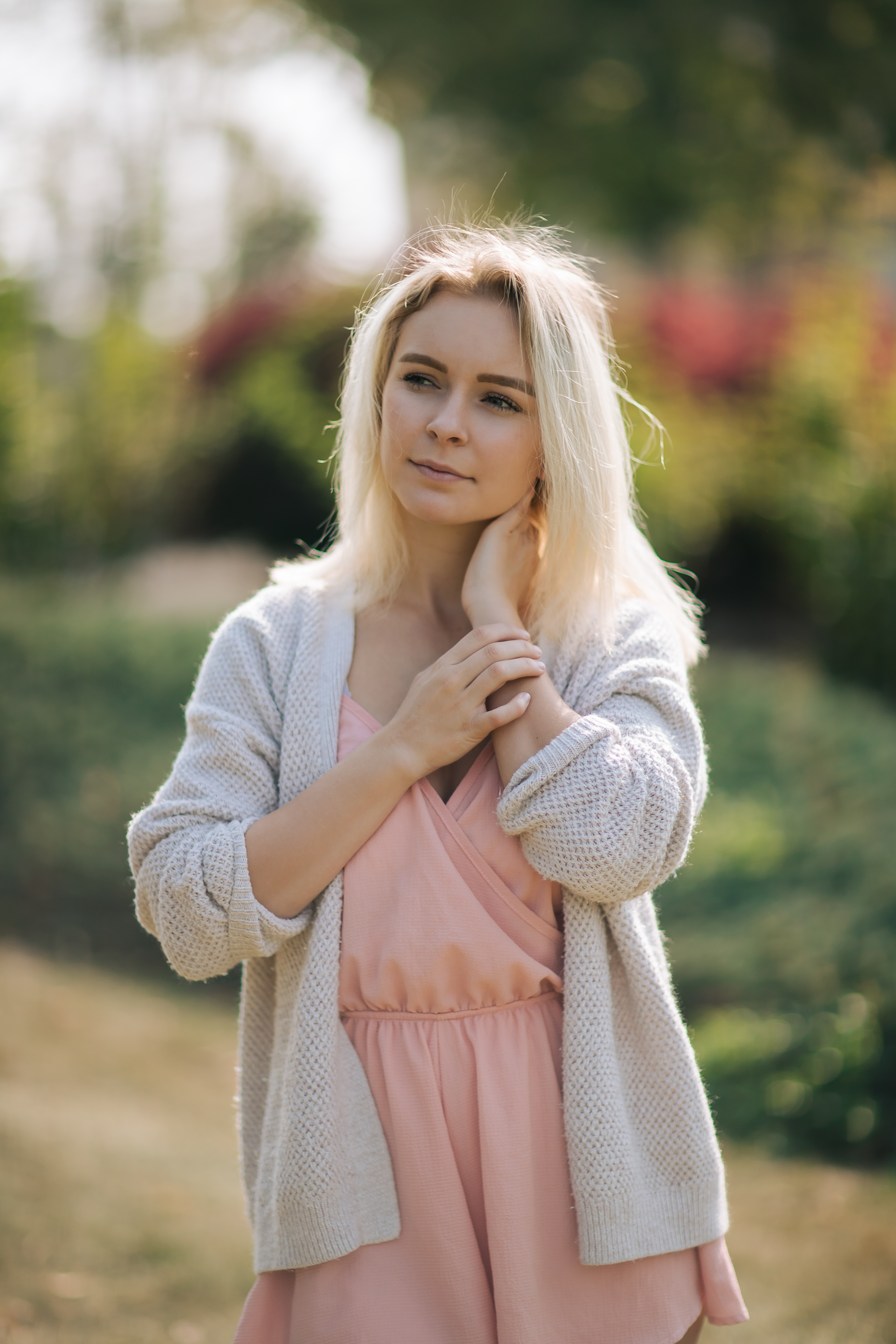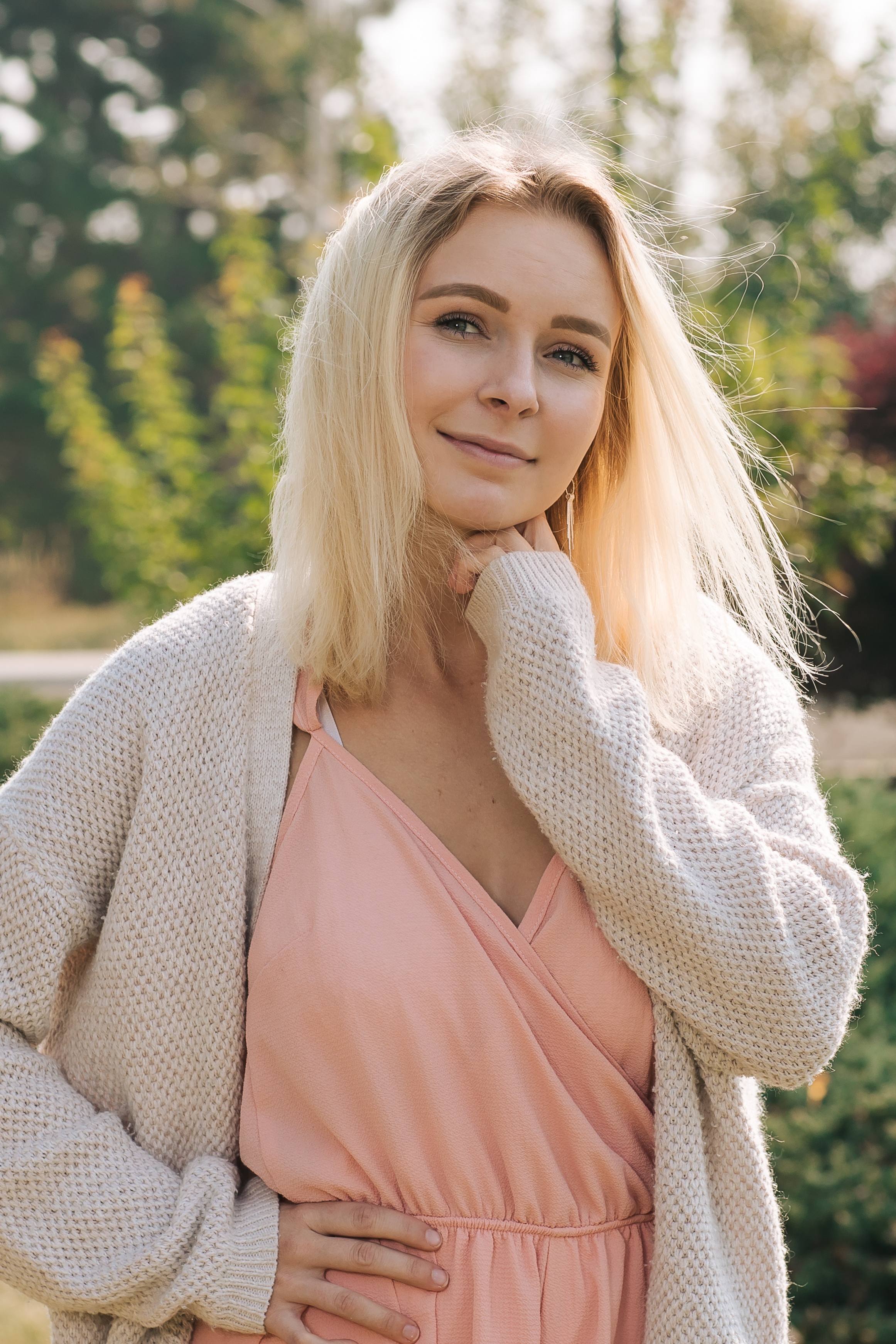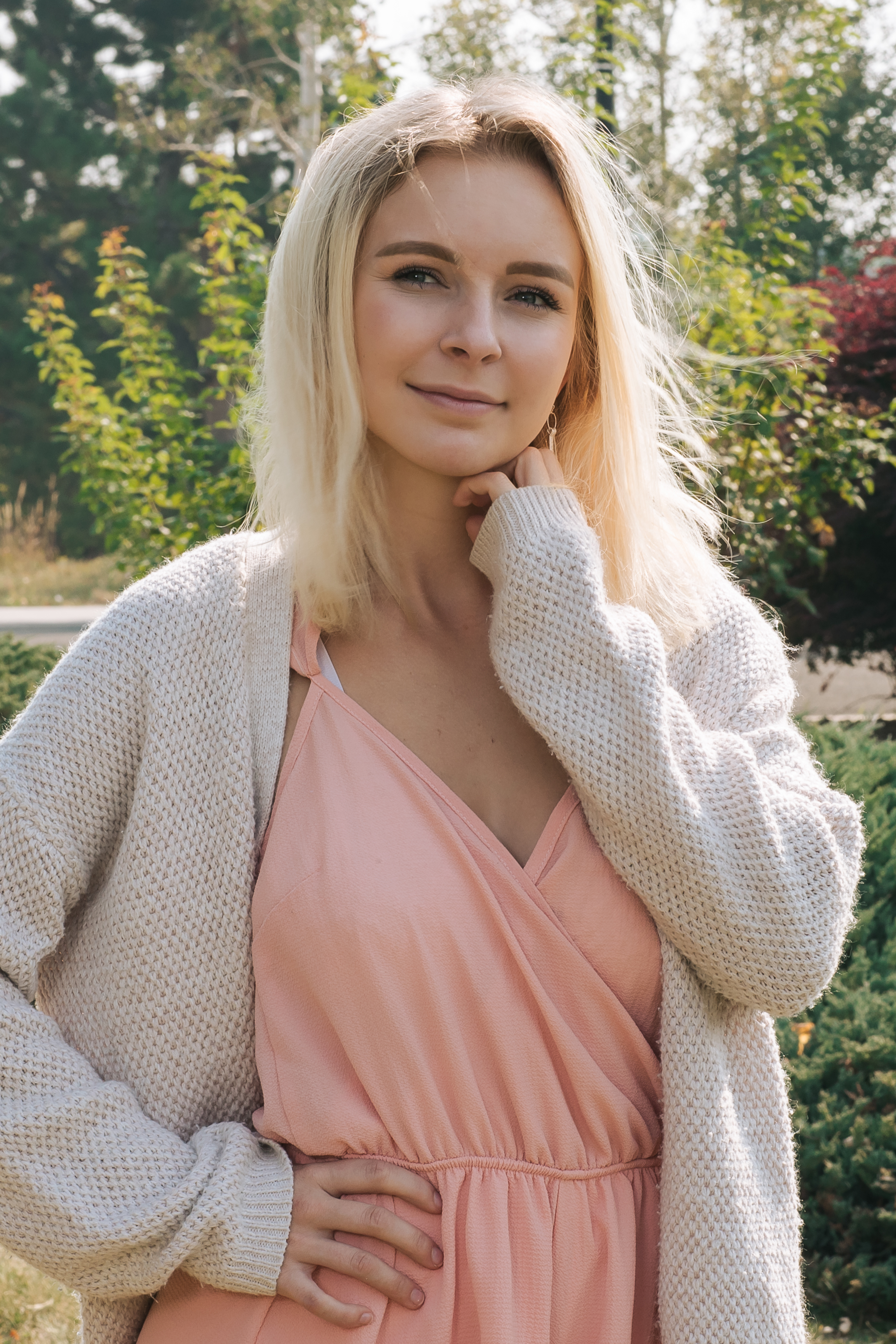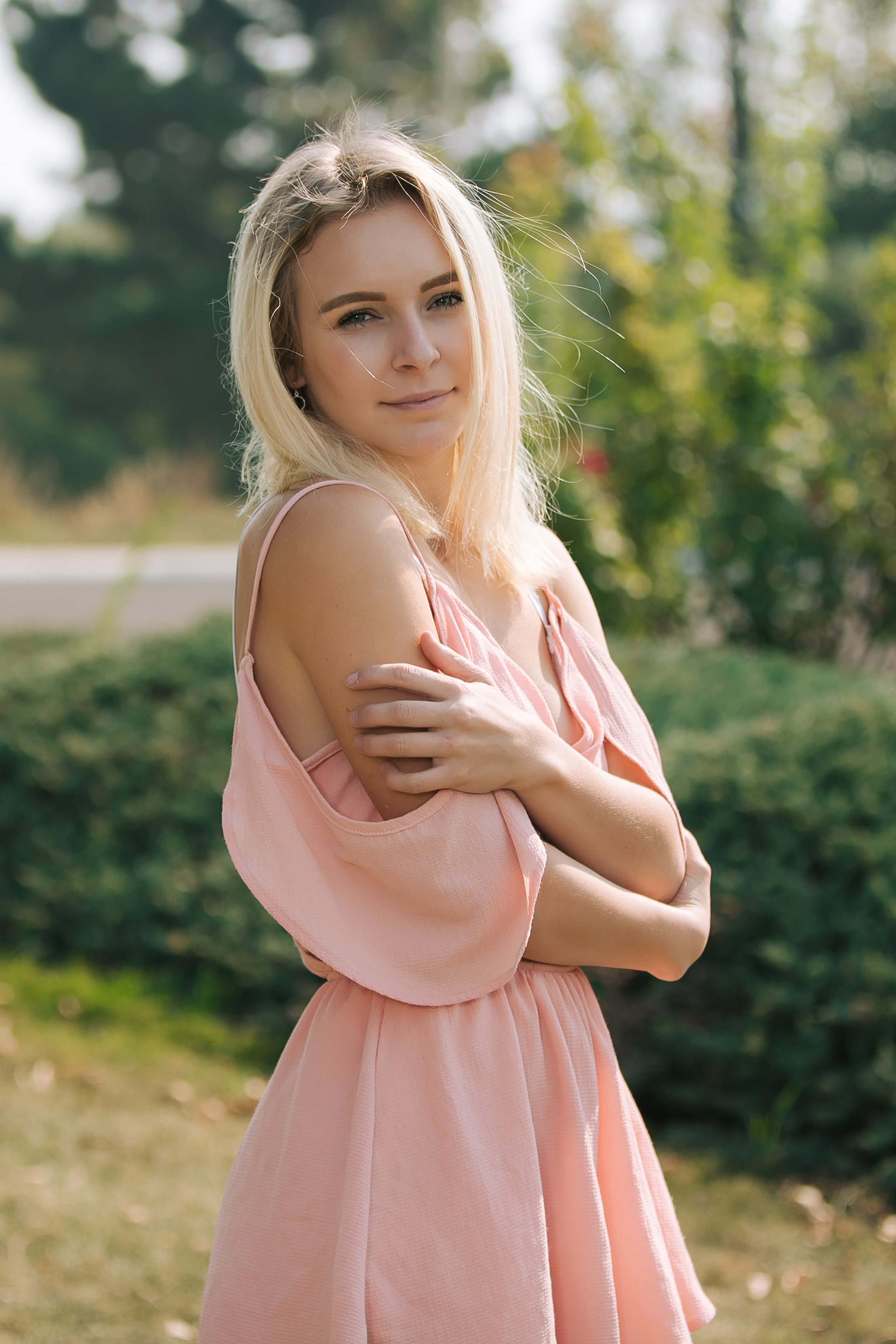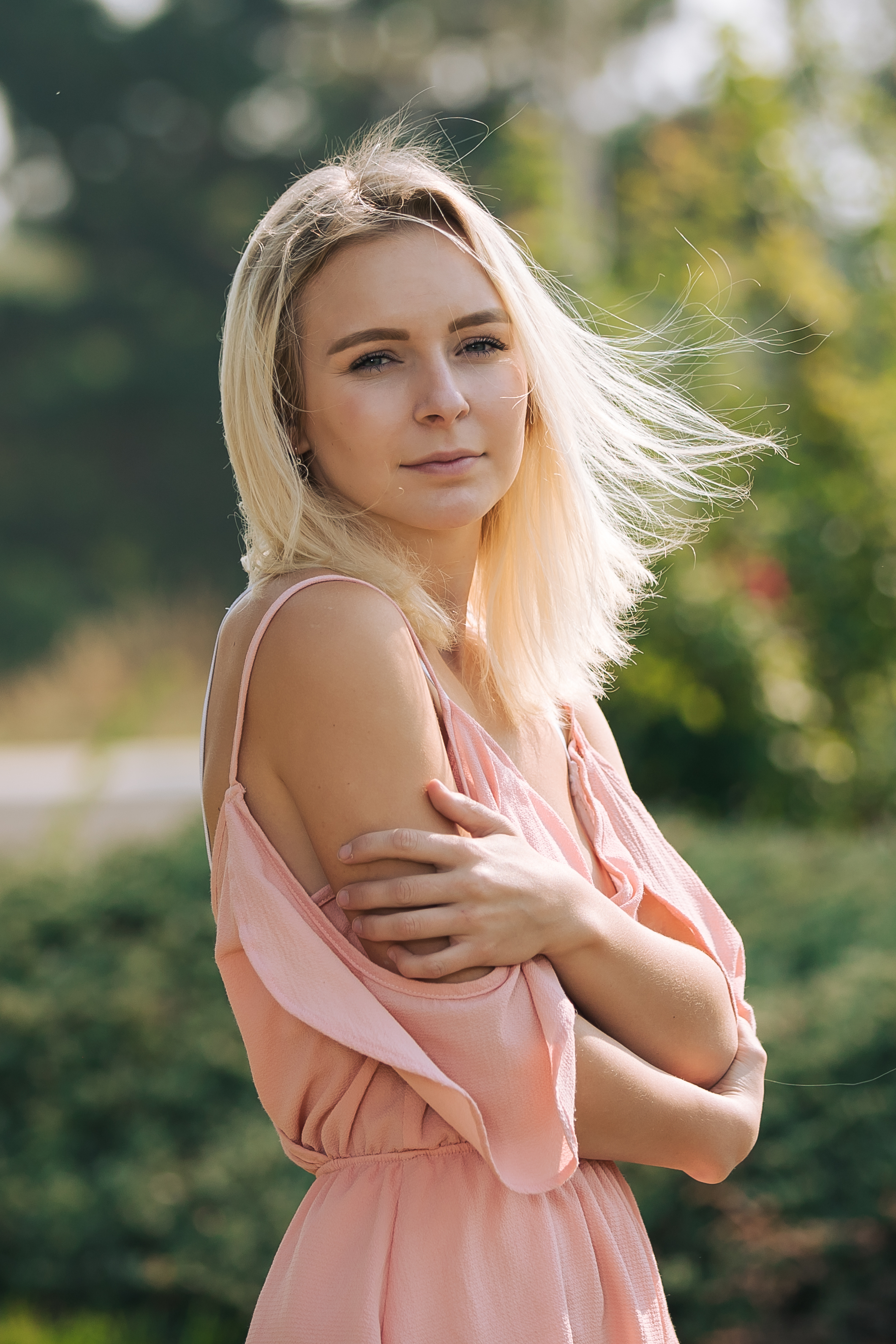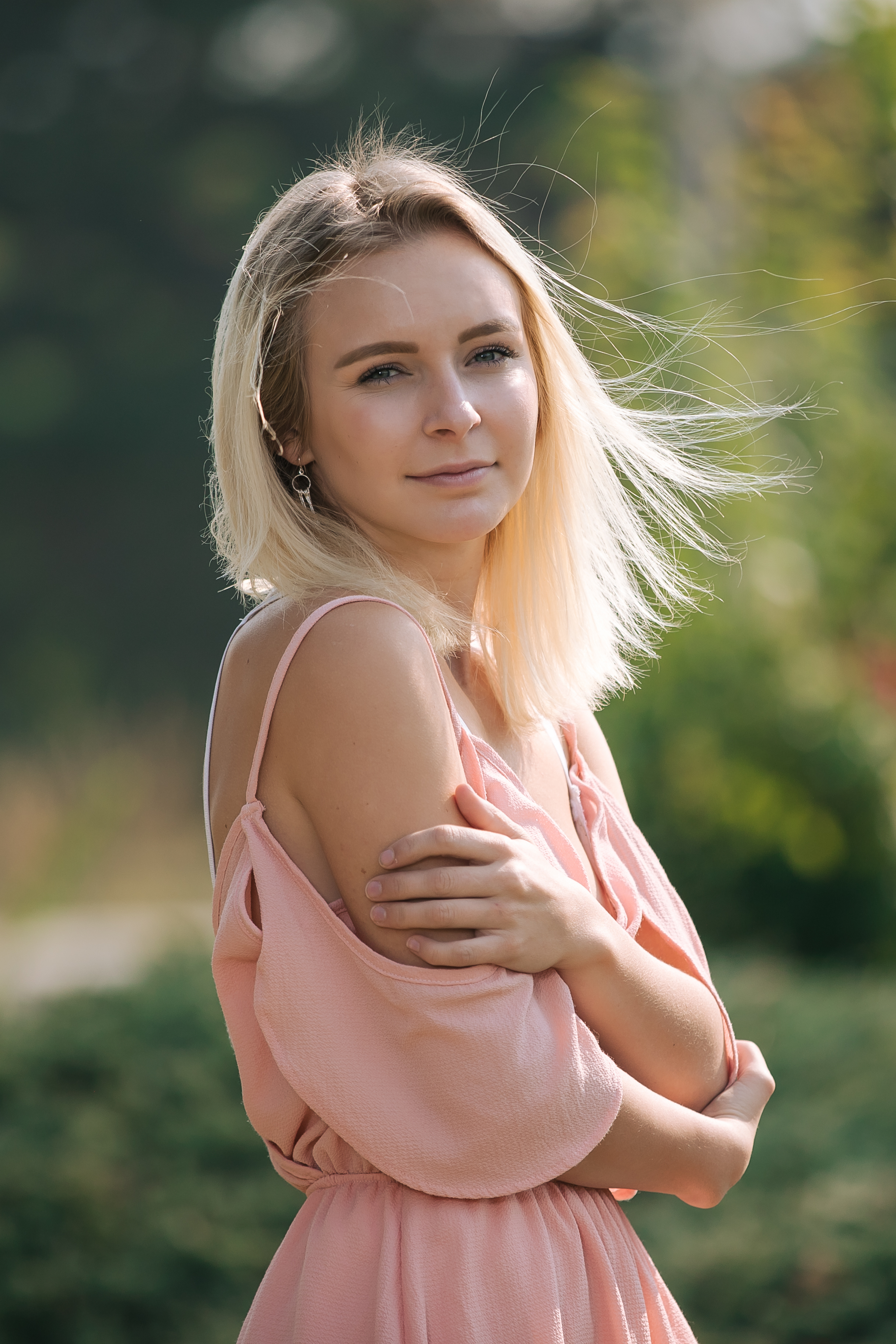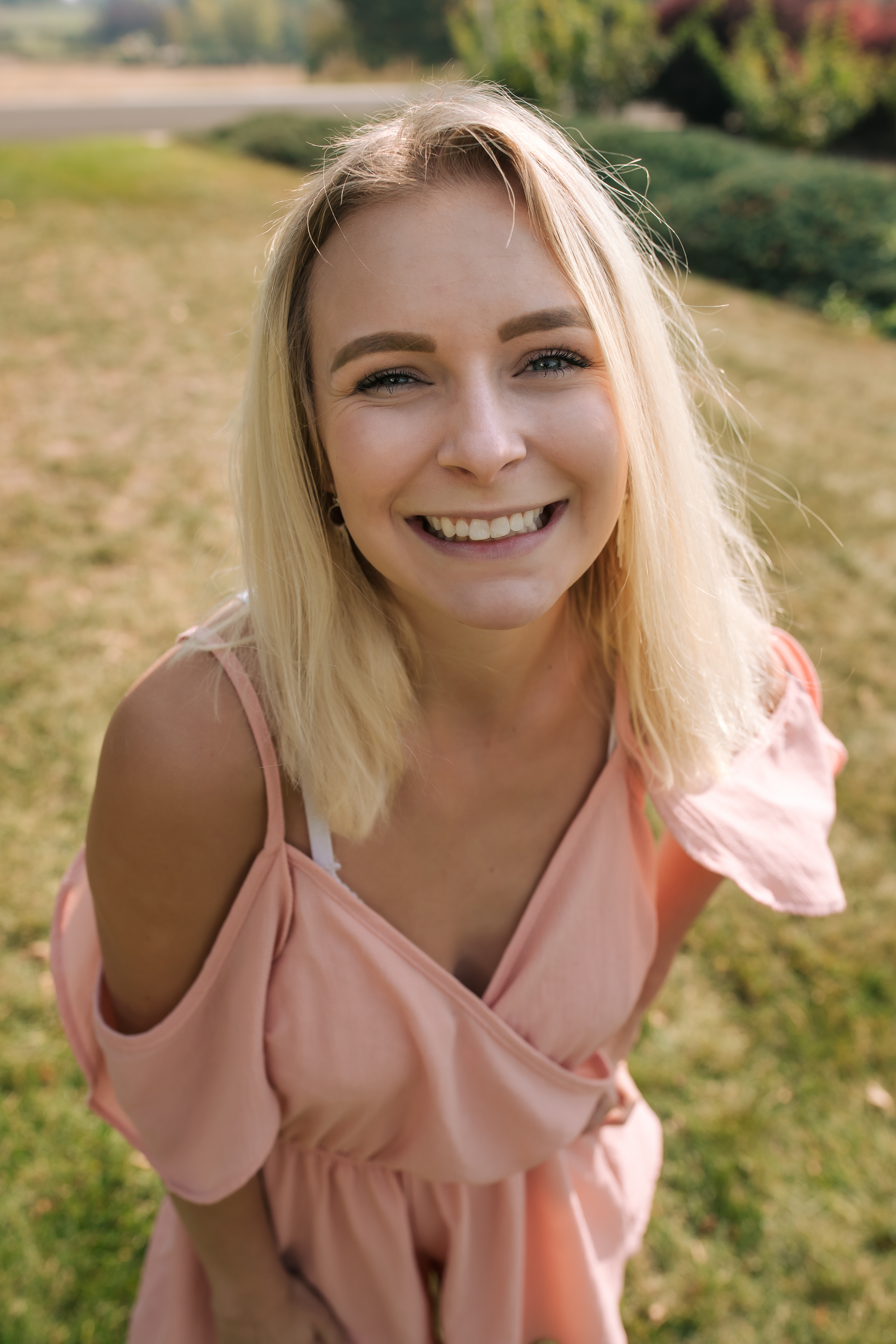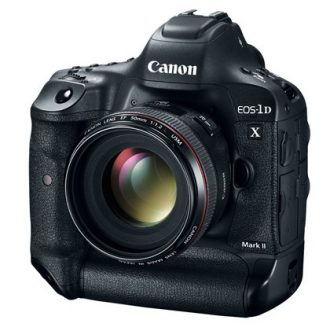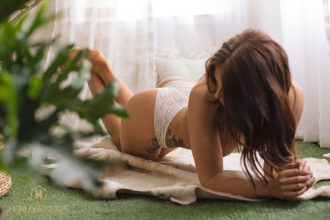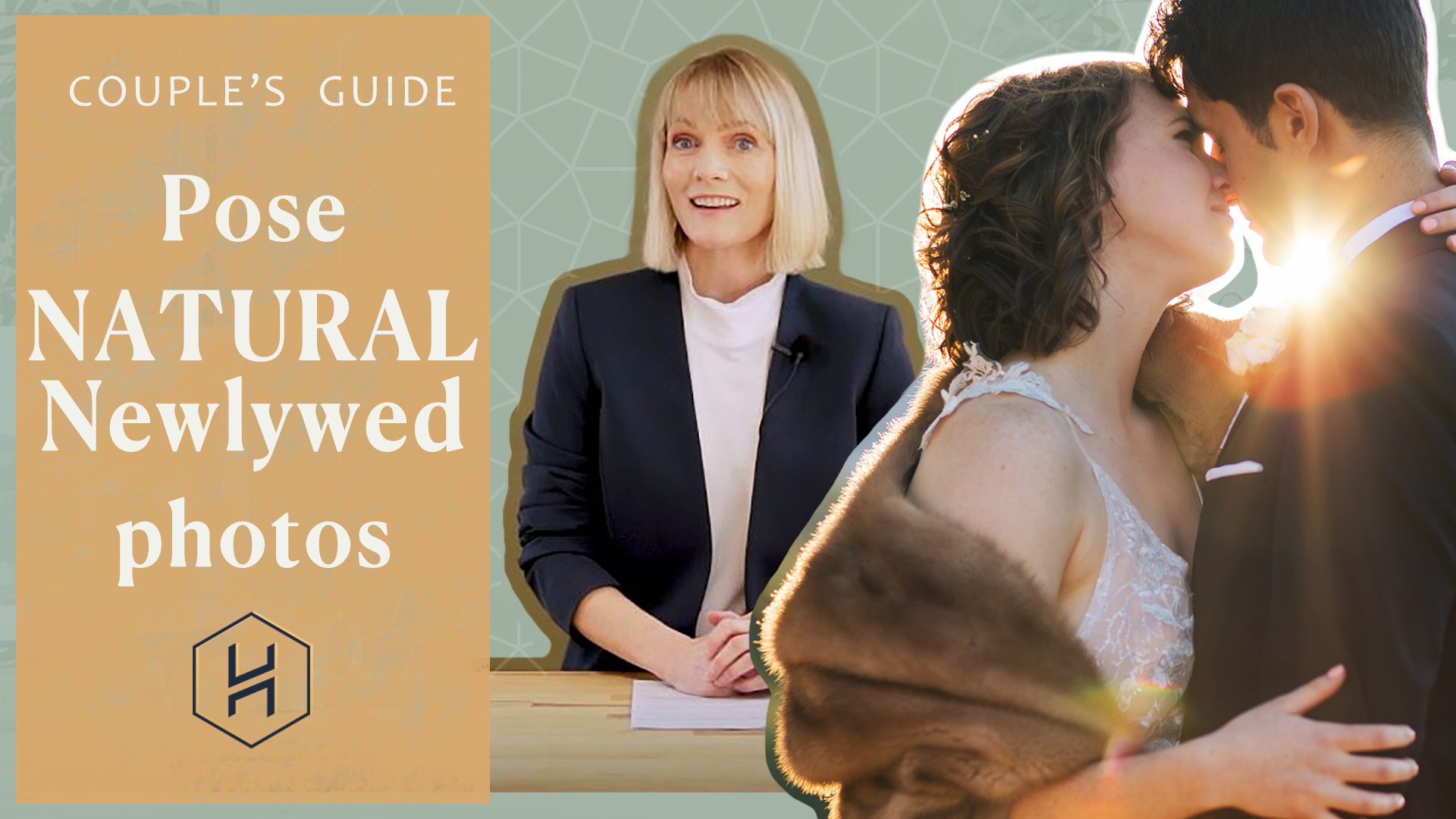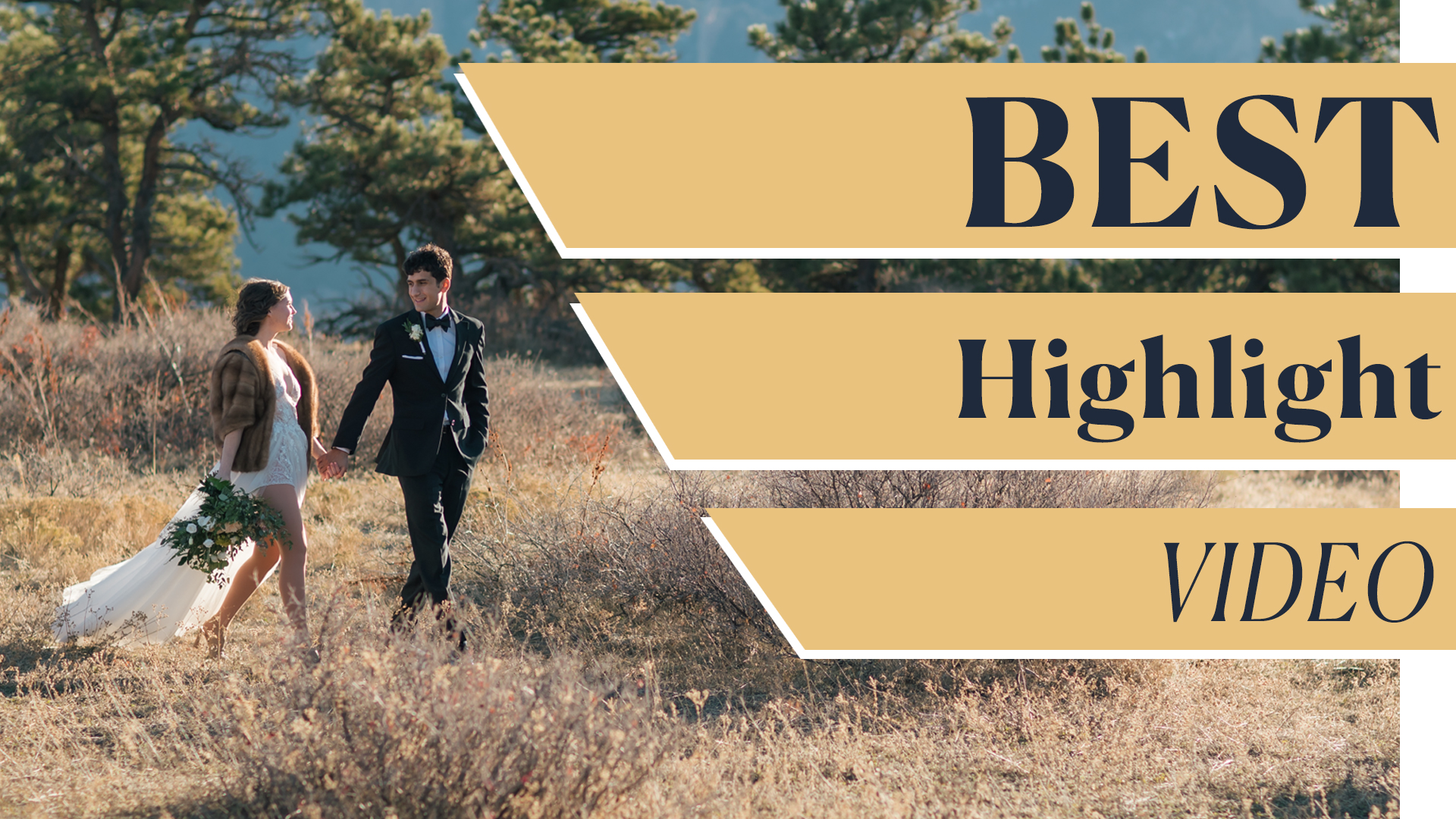Learn wedding photography starting with lenses. Their special attributes act like beauty cream! I’m going to show you how by opening up my camera bag. Join me in the studio and on location as Heirloomsnaps get’s you one step closer to wedding ready.
As I discuss lenses and strobe lights I will go over their special elements, then give you my reason for liking them, and summarize everything in a Beauty Tip.
But before starting, I first need to give you background into a lens. There are two things to remember about a lens; aperture and focal length.
Aperture is used to measure how much of lens opens up to allow light in the photo and is measured in f-stops. Since lenses are not perfect, using more of the lens’ glass also imparts imperfections to the photo, which we call blurriness and bokeh.
The higher the f-stop, a smaller portion of the lens is used to capture light. Using less of lens glass also imparts less imperfections of the lens to the photo, keeping photo sharp.
Now let’s move onto “focal length”. The focal length of the lens determine how wide of a view it captures. The Human eye has focal length of 43mm. A Lens of a smaller focal length, say 24mm will look like it captures a wider view than our eye is used to – it’s called a wide-angle lens. We also say it widens the subject. A lens of a focal length of 100mm captures a narrower view. We also say the lens compresses the subject.
Lenses that only have fixed focal length are called prime lenses. Some lenses have variable focal length and are referred to as zoom lens. Zoom lenses have a lot more glass in them so generally speaking their image quality is not as good as prime lenses.
Now, that we had some back ground on aperture and focal length. I want to dig in and talk about the first lens, the Canon 85mm EF L II.
- This is a portrait lens.
- It is also a prime lens with a fixed focal length of 85mm, meaning it’s a prime lens and provides great image quality.
- It’s aperture can go down to f1.2. for super soft detail. I will normally shoot a portrait between 5.6 to 1.8 depending on the situation. Any softer than 1.8 and the eyes start to look out of focus.
- I love using this lens for romantic close-up shots, portraits, and even at night for intimate dancing shots.
Now it is time to take you out of the studio…..and on location. I will be photographing a model and comparing apertures using this 85mm to give you an in depth look at the differences.
Let’s take a look at the results.
The image below was capture at f 1.2 has little to no focus. A lot of blurriness.
The image below was captured at f5.6 has detail in the eyes and most of the face, but left the background blurred.
The image below was captured at f.16 describes the background and foreground in greater detail.
Now, let’s give what we are seeing a name; it is called “Depth of Field”. It’s the portion of depth in view that is crisp and sharp. Greater the aperture, like f16 the greater the depth of field. Smaller f-stops, say f1.2 means narrower depth of field it produces. Also, the lens’ distance to subject affects Depth of Field. Closer to the subject equals less Depth of Field. Isn’t great to have an in depth understanding of aperture?
I want to give you…
Beauty Tip #1 Wide Apertures Blur Unwanted Detail
It is time to take a look at Canon’s 70-200mm EF L II lens.
- This is a portrait lens
- The compression is phenomenal and is also considered a “long lens”
- It can reach a aperture of f2.8 which is perfect for blurring the background and bringing you into focus.
- My favorite time to use this lens is for lifestyle shots of you and your partner. It gives me the distance I need to let the two of you relax with one another and a photo shows that shows your chemistry.
With this lens I want to show you focal length, its compression, and how it directs focus on you.. Let’s go back on location…
I’ve switch lenses to a 70-200mm. I am now going to take 3 shots, composing each shot to have the same background.
- first starting at 70mm, then 120mm, and finally 200 mm.
Let’s take a look at the results of the focal lengths 70mm, 120mm, and 200mm.
70mm
120mm
200mm
Notice how the background becomes more out of focus as we shift from 70 to 200mm. The lens is also compressing the foreground with the background especially at the longest focal length, 200mm.
- This is a distortion, but it is one that works to add softness to our image and focus on you.
To sum it up here is Beauty Tip #2 Longer Focal Lengths Spot Light You
I have one more lens and it is the black sheep of the group and it is Canon’s 70-200mm EF L II.
- This is not a traditional portrait lens and it’s focal length is wide and referred to as wide angle. This also means it distorts the objects making the object closer to it appear wider than it is.
- It is a prime lens and opens up to f. 1.4
- I love this lens for it’s distortion. It is great for capturing energy. My favorite way to use this lens is with movement.
Let’s take a look at what I’m talking about.
Here are the images that best show off a 35mm lens
- As you can see what is closest to the lens appears larger.
- We can use this to our advantage and add energy with the right pose.
Beauty Tip #3 Wide Angle Lens are Great For Added Energy.
Finally, to add the finishing touch to beauty; we need additional light. We use B1x and D1 Profoto Strobe Lights along with a small white umbrella as a modifier and feather the light by indirectly pointing it to the subject.
Beauty Tip #4 Feathering light is a photographer’s dermabrasion.
So let’s recap what you need to know about a photographer’s beauty bag and get you knowledgeable about your photography investment.
- Long Focal Lengths create a flattering compression.
- Aperture has the ability to sharpen or blur an image.
- Wide Focal Lengths, distort subjects, but also add energy
- Feathering with off camera flash evens out skin tone.
Why do you need to know what’s in my bag? Why not just like what you see and be done with it. Here are 3 reasons:
- First, photography is an investment in your captured moments and don’t you research your investment and develop an understanding of what you are investing in!
- Second, having the knowledge of the tools a photographer uses gives you the language to express what you want in your photos by informing your photograph what you like.
- Third, didn’t you just want to know the recipe to a great image!
There you have it a photographer’s beauty bag; lens and strobe light the other beauty creams. Don’t be shy, let us know how you used this video in the comments. This is Vanessa Mir getting you one step closer to wedding ready!
Are you looking for a photo and cinema team to capture your wedding? Email us at weddings@heirloomsnaps.com
Here is the equipment that we used:
Canon 85mm EF L II / Canon 35mm EF L II/ Canon 70-200mm EF L II /Canon EOS Mark II / 1DX Profoto/ B1X Profoto Silver Beauty Dish /Profoto Zoom/ Profoto Small Silver Deep Umbrella/ Profoto Small White Umbrella
Thinking about an engagement session, wedding photography or wedding videography with Denver, Boulder, and Colorado photographer Vanessa Elise Mir and her Heirloomsnaps’ videography team email artist@heirloomsnaps.com or contact us now.
FIND US…
Instagram @heirloomsnaps
Facebook @heirloomsnaps
Pinterest @heirloomsnaps
YouTube @heirloomsnaps




